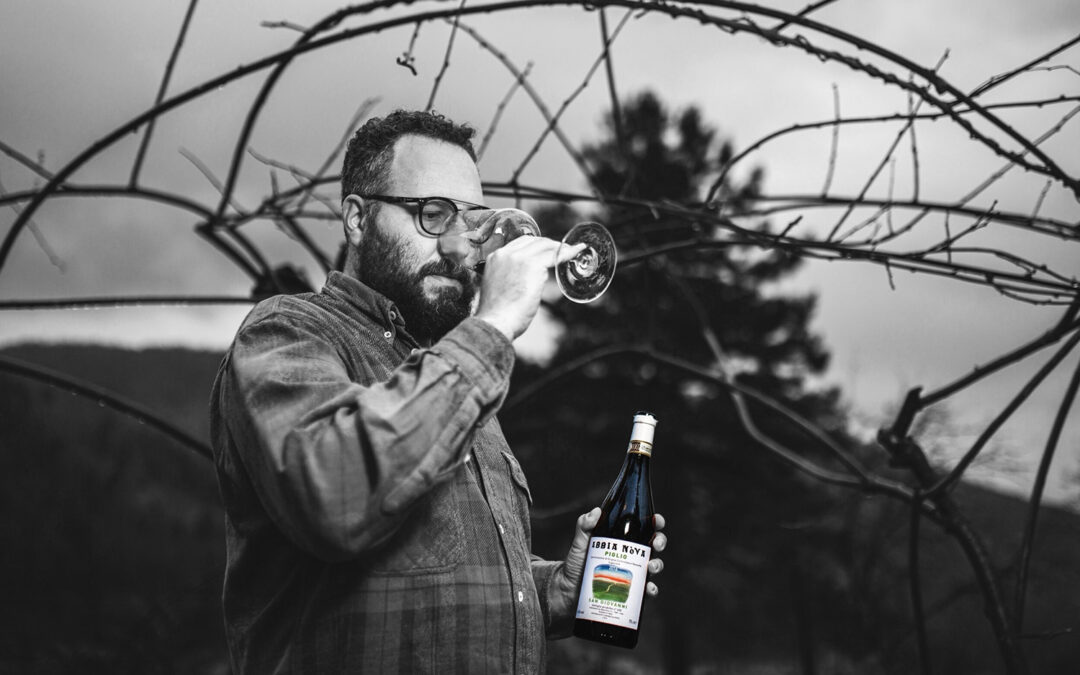Located in the town of Piglio, forty kilometres south of Rome in the Lazio wine region. Abbia Nòva’s vines are steeped in history. Bernard of Clairvaux took his vows here (and the teachings of the Monastic tradition, including agriculture) before going to Burgundy. The Roman emperors Nerva and Trajan would pass their summers in villas, that used to be on the fields that Abbia Nòva cultivates today.
For the past four hundred years, one variety has prevailed over all others in Piglio, Cesanese d’affile. Cesanese may be the main protagonist in the vineyards of Abbia Nòva, but that doesn’t mean they have not committed themselves to giving a voice to other ancient varietals, such as Passerina and Nostrano.
The Town of Piglio
Piglio is a town of humble dwellings; Abbia Nòva was an abbey from an area where Benedictine monasteries were common; the monks would create libraries, teach agriculture, and plant vines. The town of Piglio is located in the province of Frosinone, forty kilometres south of Rome, Lazio region – A small enclave surrounded by the mountains that lead to Abruzzo, facing the Roman countryside. Piglio is also the first DOCG of Lazio.
Ancient native grape varieties such as Passerina and Cesanese are grown in the top sites using organic and biodynamic principles. Their farming is entirely sustainable, incorporating Fukuoka methods with elements of biodynamics and homoeopathic remedies, all designed to give energy to the vines by fostering the fertility of the soil and the plants’ roots. They don’t use copper or sulfur treatments in the vineyards and, in the winery, strictly natural yeasts and no additions apart from a tiny amount of sulfur. Vinification takes place in a variety of vessels, from stainless steel to concrete, to amphoras and glass. Production is currently about 20,000 bottles per year.




